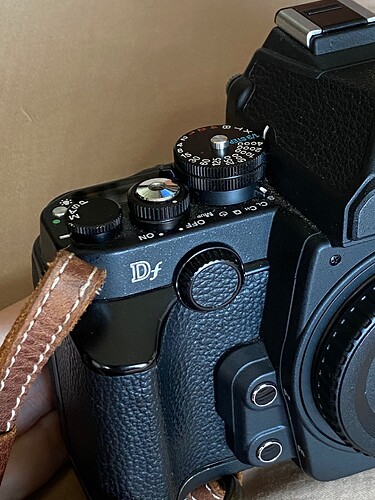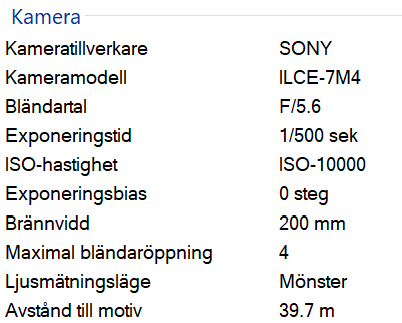Mark, I do the things you mention, but I don’t write about them.
Anyway, when you get some free time, check out the history of the “f” cameras. You’ll find that the head of Nikon DSLR design, Mr Tetsuro Goto, came up with what HE felt was the essence of Nikon DSLR cameras, and got rid of the excess stuff he found no use for, including flash and video. The Nikon Df was intended to be similar to the previous Nikon film and digital cameras, providing the mechanical controls. (He couldn’t fully do this, as new Nikon lenses don’t have a way to set the aperture, but he came pretty close.)
I bought the Df as a “collector’s item” before B&H was sold out, paying $1,500 for it in 2020. The current selling price is beyond my version of reality, over $3,000 (see link below).
new Nikon Df ad
Anyway, if you read the old articles on the Df, you’ll find out which Nikon cameras it was based on, or just watch the following video, where Mr. Goto explains this.
https://www.youtube.com/watch?v=zXk7fC9jJ88
Here’s a quick photo of my own Df camera:
The shutter release is right where Nikon expects it to be, and is used to either work with a standard cable release like every other camera, or a fitting that screwed over the shutter release button. It works just as it has for decades, with or without a cable release. And electronic cable releases are also available.
From preview they think the Zf started as a Nikon Z6 II, “designed to mimic the look of the company’s FM2 SLR from the early 1980s, meaning it effectively becomes a full-frame counterpart to the company’s Z fc APS-C camera”. (This from DPreview.)
Zf - I expected Nikon to again provide a working cable release socket on this newer version of an “f” camera, as they did on my Df. I guess they weren’t able to do this.
I agree this topic has nothing whatever to do with PhotoLab, and anyone here or elsewhere is free to buy whatever camera they wish. As for me, as an owner/user of Nikon’s Df, I expected the Zf to be similar, but based around a ML camera, instead of a DSLR. As I see things, the Df was designed to be more like Nikon’s older cameras, but the Zf was styled.
And to be honest, I ought to have followed Joanna’s previous advice to me, to make my last trip to India with my D780, not my Df. With a few weeks, I missed my “real” camera, with two memory cards and a working flash (no longer on my D780 either). My current thoughts are that the Df only has 16 megapixels, compared to 24 on my D780, and 50 on Joanna’s D850. I’m seriously thinking of buying a used D850.
Anyway, the above is simply my thoughts on this, and before anyone asks, I have no desire to buy a new ML camera.
Lots of people are likely to buy the Zf, and love it. I know you will too. I would much rather get a D850, mostly like what I have now, but with more megapixels.

